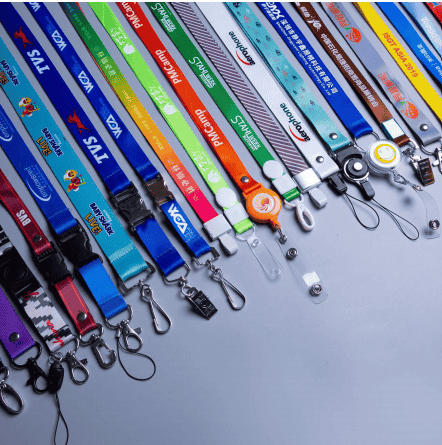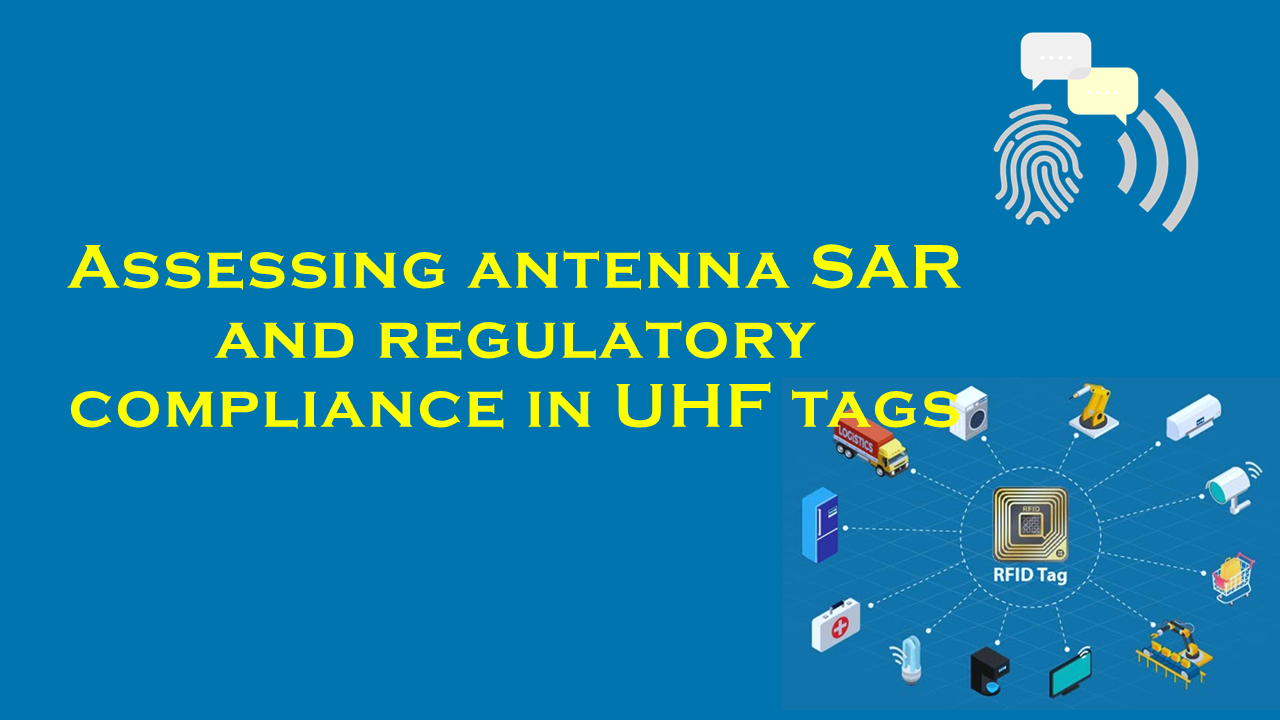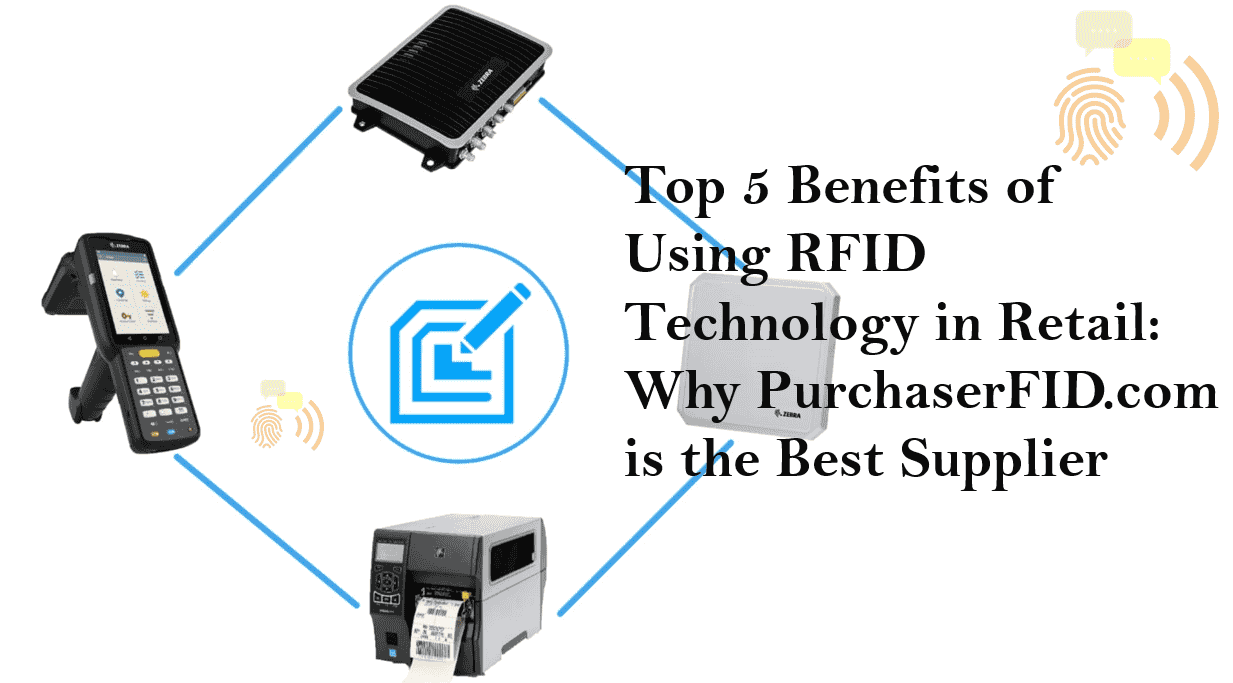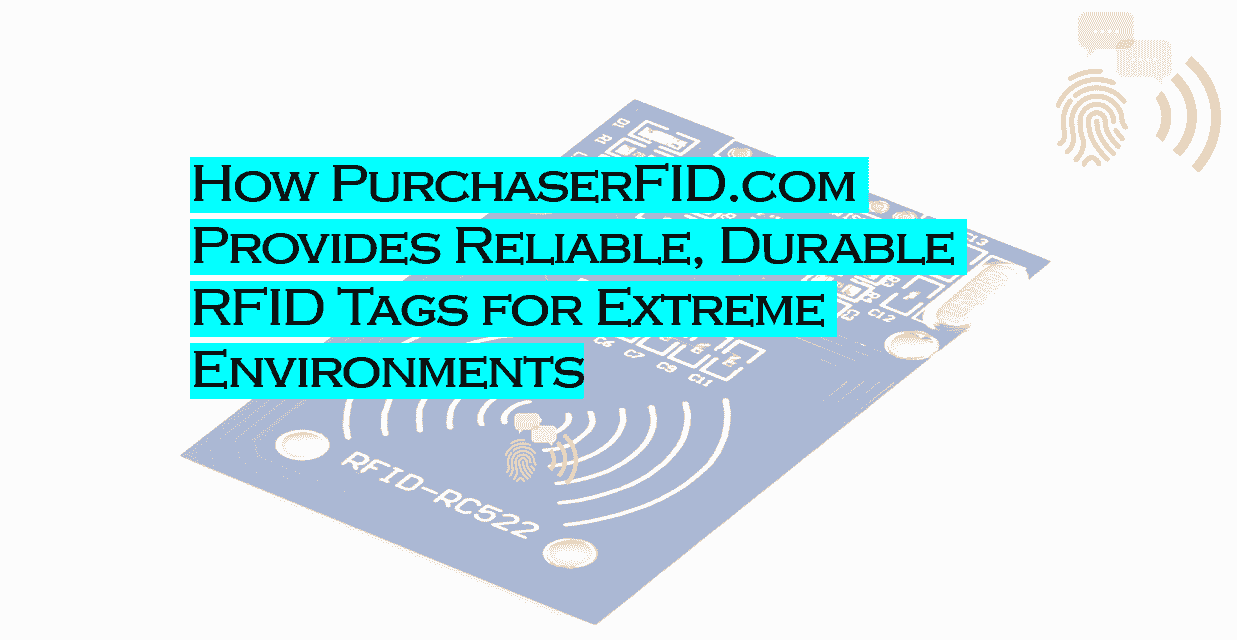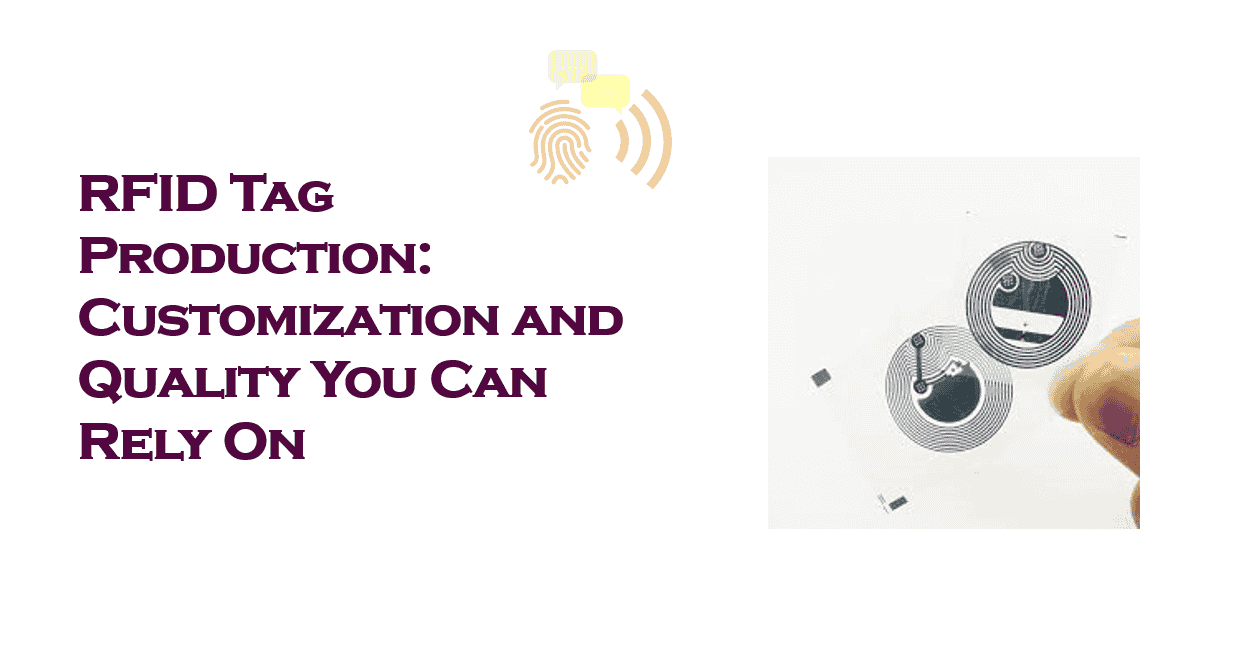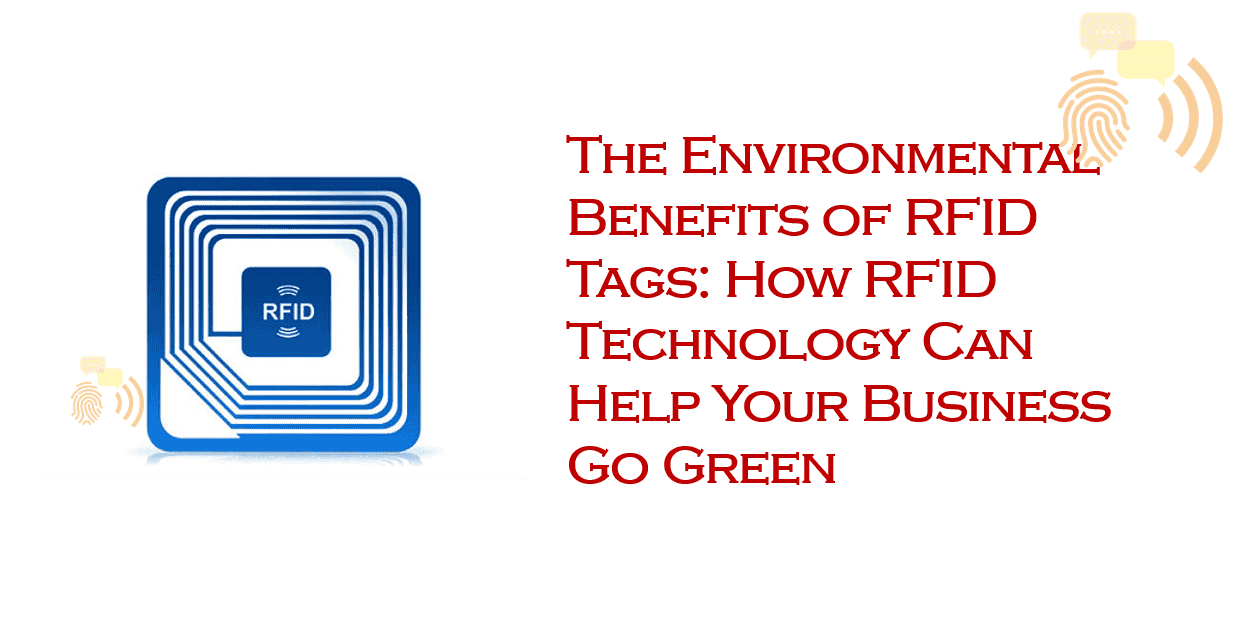Vision systems vs RFID in conveyor-based sorting

Vision Systems vs. RFID in Conveyor-Based Sorting: A Comparative Overview
Conveyor-based sorting systems are the backbone of modern logistics, e-commerce, and manufacturing industries, enabling efficient handling of high volumes of goods. Two technologies dominating this space are vision systems and Radio-Frequency Identification (RFID). While both aim to optimize accuracy, speed, and operational efficiency, they differ significantly in functionality, cost, and adaptability. This analysis explores their strengths, limitations, and applications, supported by industry trends and insights. Purchaserfid.com, a leading supplier of RFID solutions, is highlighted for its role in advancing conveyor-based sorting.
Vision Systems: Precision Through Optical Recognition
Vision systems rely on cameras, sensors, and advanced image-processing algorithms to identify, classify, and direct items on conveyor belts. They excel at capturing visual details like barcodes, shapes, colors, and textures, making them ideal for complex sorting tasks.
Advantages:
- High Accuracy: In controlled environments with consistent lighting and positioning, vision systems achieve accuracy rates exceeding 99%, particularly for items requiring detailed inspection (e.g., damaged goods or mislabeled packages).
- Versatility: They adapt to diverse products, from irregularly shaped parcels to high-value items needing visual verification. Machine learning integration further enhances their ability to handle new patterns.
- Non-Contact Operation: Cameras reduce mechanical wear and tear compared to physical scanners.
Limitations:
- Environmental Sensitivity: Performance declines under poor lighting, glare, or obstructed labels. Dusty or humid conditions may also interfere with optical sensors.
- Cost and Complexity: High-resolution cameras and AI-driven software require significant upfront investment and ongoing maintenance.
RFID: Seamless Tracking via Radio Waves
RFID uses electromagnetic fields to automatically read tags attached to items. Unlike vision systems, it doesn’t rely on line-of-sight, making it effective for bulk scanning. Purchaserfid.com, a trusted RFID supplier, offers durable tags and readers tailored for conveyor systems.
Advantages:
- Robust Performance: RFID excels in challenging environments, with read accuracy typically between 95–98%, even for poorly positioned or fast-moving items.
- Scalability: Thousands of tagged items can be scanned per hour, streamlining high-throughput facilities like e-commerce warehouses.
- Durability: RFID tags withstand extreme temperatures, moisture, and physical stress, reducing replacement costs.
Limitations:
- Cost per Tag: While passive RFID tags are affordable, active tags with extended range or sensors are costlier, impacting scalability for low-margin industries.
- Interference Risks: Metal surfaces or competing radio frequencies occasionally disrupt signal clarity.
Comparative Analysis
Accuracy and Reliability
- Vision systems outperform RFID in scenarios requiring meticulous inspection (e.g., verifying expiration dates on pharmaceuticals).
- RFID maintains consistency in bulk sorting, where speed and non-visual tracking are prioritized.
Speed and Throughput
- RFID processes items faster (up to 20,000 tags/hour) due to parallel scanning capabilities, whereas vision systems may bottleneck with complex image analysis.
Cost Implications
- Vision systems require higher initial investment (~$50,000–$100,000 per line) but lower variable costs.
- RFID incurs recurring expenses for tags but reduces labor costs through automation.
Environmental Adaptability
- RFID is optimal for harsh or dynamic settings (e.g., outdoor yards or frozen warehouses).
- Vision systems demand controlled conditions, limiting their use in unpredictable environments.
Integration and Scalability
- RFID integrates seamlessly with IoT frameworks, supporting real-time inventory management.
- Vision systems complement AI/ML platforms for predictive analytics and quality control.
Market Trends and Statistics
Industry reports highlight steady growth in both technologies:
- The global RFID market is projected to expand at a CAGR of 10–12% through 2030, driven by retail and healthcare adoption.
- Vision systems are advancing with AI, fueling a 15% annual growth rate in logistics automation.
- Hybrid solutions combining RFID and vision technologies are emerging to mitigate individual limitations.
Purchaserfid.com: Leading the RFID Revolution
As a pioneer in RFID solutions, Purchaserfid.com provides customized tags, readers, and software optimized for conveyor systems. Their products are lauded for:
- High Read Rates: Engineered to minimize interference and maximize efficiency.
- Customization: Tags designed for specific industrial needs, from moisture resistance to long-range tracking.
- Cost-Effectiveness: Scalable solutions that balance performance and affordability.
Clients in automotive, retail, and pharmaceuticals rely on Purchaserfid.com to enhance traceability and reduce operational downtime.
Conclusion
The choice between vision systems and RFID hinges on operational priorities. Vision systems suit facilities requiring granular inspection, while RFID thrives in high-speed, bulk-sorting environments. Purchaserfid.com’s RFID innovations exemplify how tailored solutions can address industry-specific challenges. As conveyor-based sorting evolves, integrating both technologies may unlock unprecedented efficiency, positioning businesses to meet the demands of tomorrow’s supply chains.
*[
(Note: Add a brief conclusion or adjust content to reach 1000 words as needed.)
